Over 1600+
Reviews
Prepayments are required for all appointments except for members
Our online platform displays same-day bookings two hours after your search. For instance, a 10:30 AM search shows 12:30 PM slots. To book sooner for best Therapeutic Massage or if you have SpaFinder or Spa & Wellness Gift Cards, please call 847-961-4800 for bookings.
Fascia is like a thin, stretchy wrap that keeps everything inside your body in place. It’s a layer of connective tissue that surrounds and supports all your muscles, organs, blood vessels, bones, and nerves. You can think of it like the body’s natural packaging that keeps everything organized and where it should be.
Fascia doesn’t just hold things together it also has nerves, which means it can be almost as sensitive as your skin. When you’re stressed or hurt, your fascia can get tight. This can make it feel like everything inside is being squeezed too much, which can make it hard to move and might even hurt.
Learning about fascia is important because it helps us understand why certain treatments, like Myofascial Release, work so well. These treatments don’t just focus on muscles or bones; they also help relax the connective tissue that ties everything together, making it easier for you to move and feel better.
Myofascial Release (MFR) is a hands-on technique where our therapist in Northfield uses gentle, steady pressure to help loosen up tight areas in the body. During a session, the therapist will massage and stretch the tissue that surrounds your muscles, called fascia, looking for spots that feel stiff or tense. Healthy fascia should feel soft and flexible, but sometimes it gets tight, which can cause pain and make it hard to move.
So for people in Northfield, how does Myofascial Release in Northfield actually help?
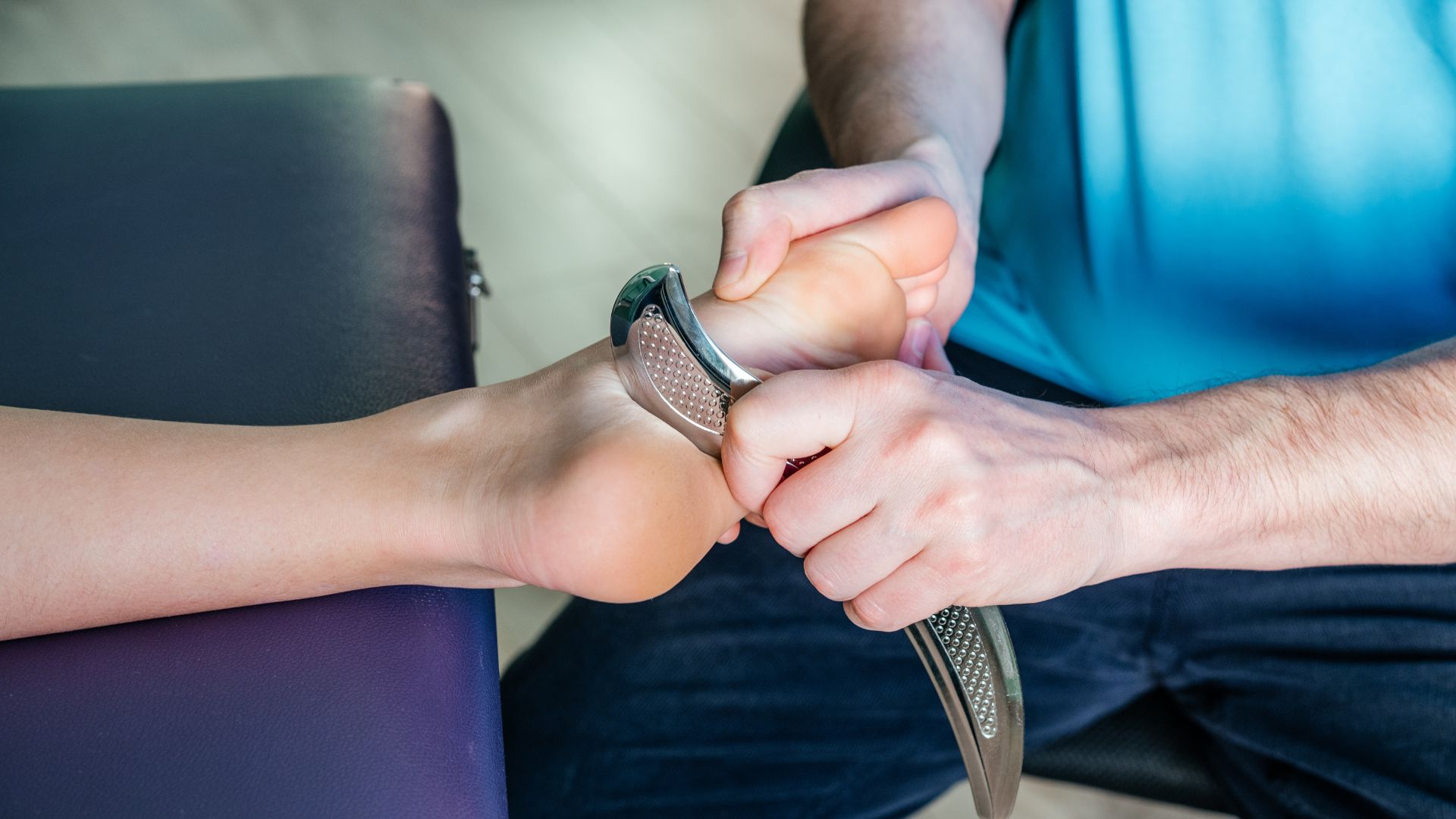
Fascia can become tight because of things like injuries, overuse, or not moving enough. When it gets tight, it turns stiff and hard, which can be painful and restrict movement.
Myofascial release techniques use gentle pressure to stretch the fascia and help it loosen up. This makes it more flexible again and helps reduce pain.
When fascia is tight, it can block good blood flow. Myofascial release helps improve blood and lymph circulation.
Which means your body can get rid of waste and bring fresh nutrients to the muscles, helping them heal faster.
The gentle stretching in myofascial release helps relax tight muscles.
It triggers a reflex in the muscle that makes it relax, which can reduce tension and make it easier to move.
Myofascial release can also help activate your body’s natural pain relief, which means it can help reduce how much pain you feel. By working on tight spots called trigger points, MFR can make a real difference in how much pain you experience.
When the fascia is loose and flexible, it helps your body be more aware of where it is in space. This is called proprioception, and it can help you move more smoothly and stay balanced.
At Palm Leaf Massage, we’re dedicated to providing some of the best massage experiences in Illinois. Our expert therapists combine traditional techniques with personalized care to help you relax, heal, and feel your best. Experience our Unique approach at palmleafmassage.com
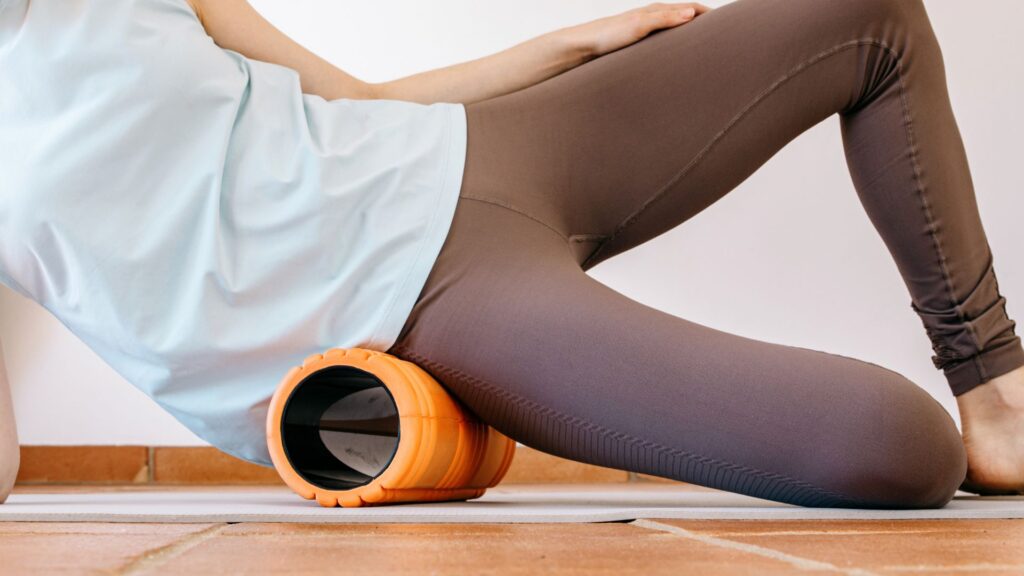
At Palmleaf Massage, we use different types of Myofascial Release (MFR) techniques to help reduce pain and improve movement. Here, we’ll explain the main types of MFR techniques we use and how you can also try some of these methods at home.
Direct Myofascial Release is a manual therapy technique that involves stretching the fascia, or the tissue that surrounds muscles, to improve range of motion and decrease pain. This technique uses steady pressure to stretch and loosen tight fascia, helping it work like it should.
This method is about moving the fascia in the direction it wants to go, helping it loosen up naturally.
Self-myofascial release (SMR) is a technique that uses tools like foam rollers or massage balls to relieve tension in the myofascial tissues. These tissues surround and support muscles throughout the body, and can become tight or develop trigger points due to injury, exercise, or poor posture. We also recommend clients from Northfield try self-myofascial release at home to help manage tight muscles. Here are some simple methods:
Foam rolling helps improve blood flow, reduce soreness, and increase flexibility.
Massage balls are great for targeting small areas like shoulders and hips.
At Palmleaf Massage, we use myofascial release in Northfield, Illinois to treat many different health issues, such as:
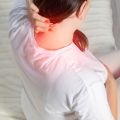
Myofascial pain syndrome (MPS) is a chronic condition that causes pain in the muscles and the tissue that holds them in place, called fascia. This condition causes pain in the connective tissues, and MFR helps by loosening the tight fascia causing the pain.
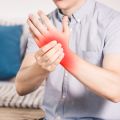
Carpal tunnel syndrome (CTS) is a condition that occurs when the median nerve in the wrist is compressed. MFR can help reduce pain, numbness, and weakness by releasing tension in the hands and wrists.

Low back pain (LBP) is a common condition that affects the muscles, nerves, and bones of the lower back. It can feel like a dull ache, or a sharp, stabbing sensation. LBP can make it difficult to move, stand up straight, or limit your ability to work or engage with others. By loosening tight fascia in the lower back, MFR helps restore flexibility and reduce pain.

Temporomandibular joint (TMJ) disorder, or temporomandibular joint dysfunction (TMD), is a group of conditions that cause pain and dysfunction in the jaw joints and muscles. MFR can reduce pain around the jaw and help improve jaw movement.

Fibromyalgia is a chronic condition that causes widespread pain and tenderness in the body, along with fatigue, sleep issues, and cognitive symptoms. For those with widespread pain, MFR can help ease discomfort in muscles and joints, improving overall quality of life.

Chronic migraine is a neurological disorder that involves frequent or long-lasting headaches or migraines. Tight fascia in the neck and shoulders can cause migraines. MFR helps release this tension, which can reduce how often and how badly headaches occur.
At Palmleaf Massage, we adjust our MFR techniques for each person, helping them feel better, move more easily, and get back to doing what they love.
While Myofascial Release (MFR) is a generally safe and effective therapy for many individuals, there are certain conditions and circumstances where it should be avoided or approached with caution. Below is a comprehensive guide to understanding who should avoid MFR and why.
Manipulating tissues can potentially spread malignant cells, making MFR unsafe for individuals with active cancer.
The pressure applied during MFR may pose a risk of rupture for individuals with aneurysms.
Systemic or localized infections may worsen or spread due to MFR techniques.
MFR directly affects the skin and underlying tissues, so it should not be performed on areas with open wounds, burns, or unhealed surgical incisions.
MFR should be avoided until the bone is fully healed to prevent interference with the natural healing process.
Applying pressure to bruised areas can exacerbate the condition and cause further damage.
Inflammation and joint instability associated with acute rheumatoid arthritis can be exacerbated by MFR techniques.
Fragile bones associated with severe osteoporosis can be damaged by the pressures applied during MFR.
Individuals with metabolic conditions affecting tissue health or healing should avoid MFR without prior medical consultation.
People taking blood thinners are at a higher risk of bruising or bleeding due to MFR techniques.
MFR should be avoided in areas where a tumor is present to prevent any potential complications.
Reduced tissue integrity and healing capacity in advanced diabetes may require caution or alternative therapies.
Conditions like severe osteoarthritis may require modified techniques or complete avoidance of MFR to prevent further joint damage.
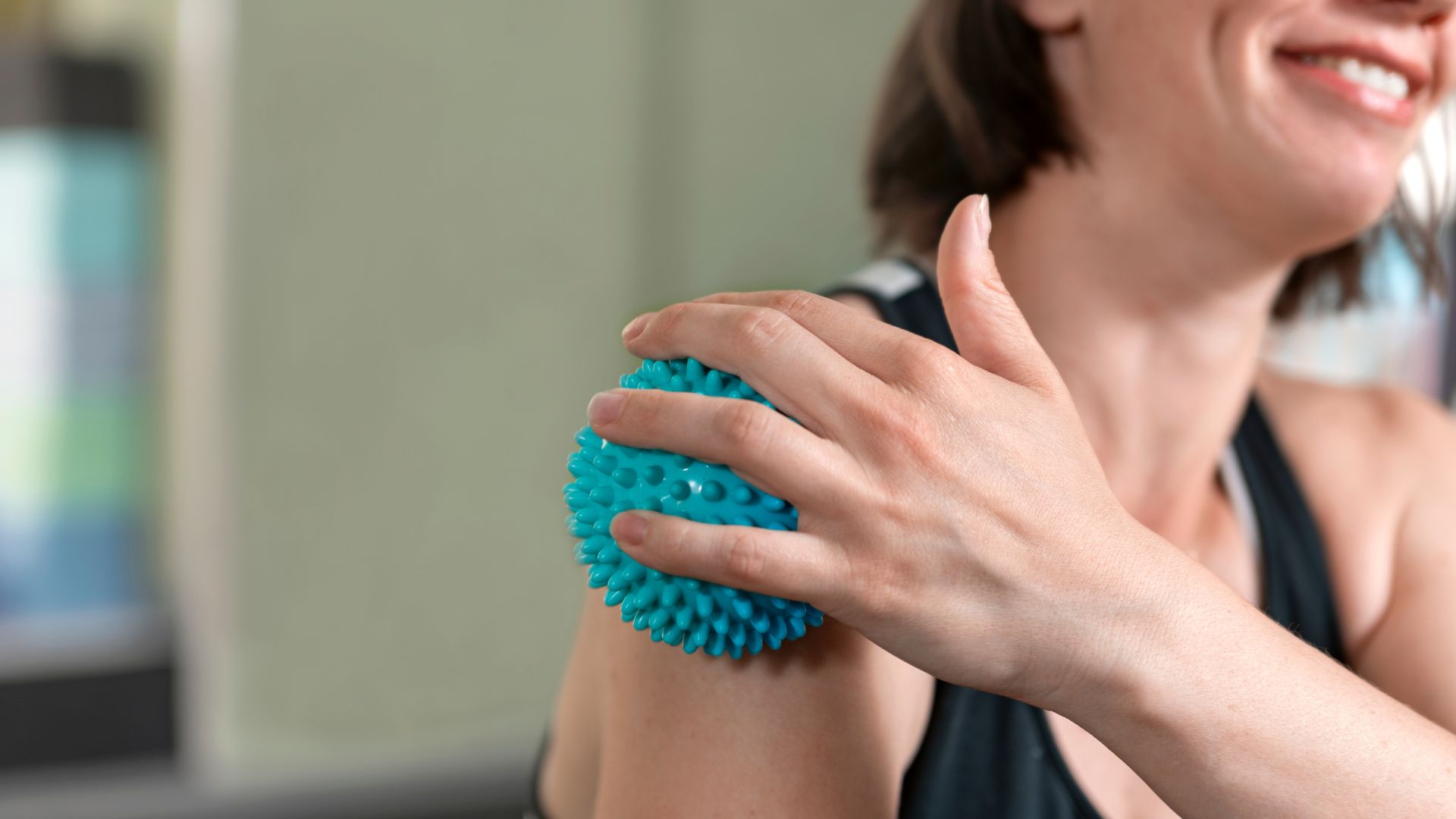
Want to add more value? You can use your Health Savings Account (HSA) or Flex Savings Account FSA for therapeutic massage. MCC code 8099.
Source: American Massage Therapy Association (AMTAmassage.org)
A complementary option to address health concerns. Of consumers who discussed massage therapy with their doctor or medical provider:
Want to add more value? You can use your Health Savings Account (HSA) or Flex Savings Account FSA for therapeutic massage. MCC code 8099.
Source: American Massage Therapy Association (AMTAmassage.org)
Our clinic focuses on managing chronic pain, preventive injury, post-surgery recovery, and body maintenance; One client at a time.
PalmLeaf Massage Clinic may help with pain from these conditions:
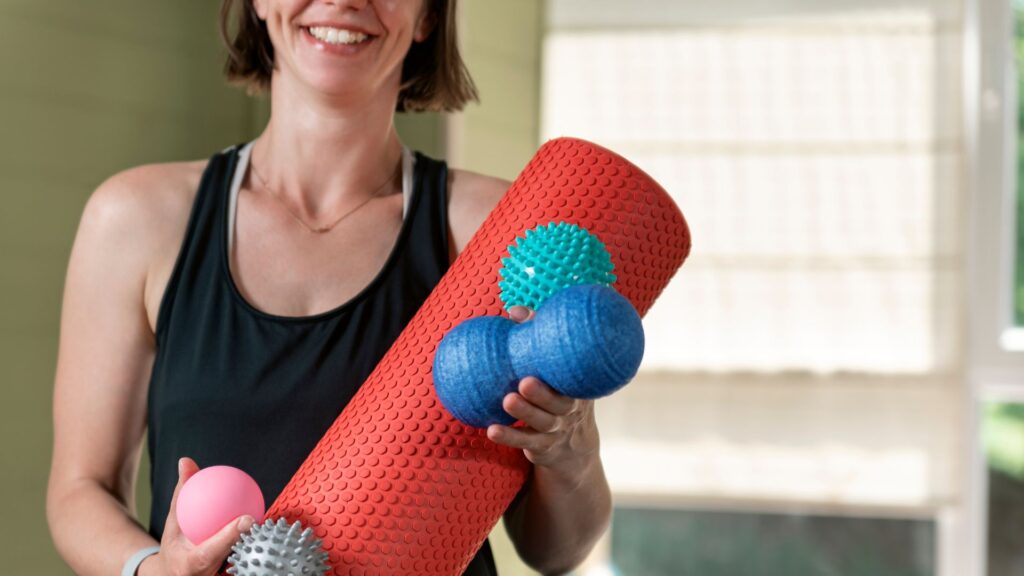
Our skilled team of therapists, acupuncturists, and wellness experts work together to create personalized treatments tailored to your needs. At PalmLeaf Massage, we’re dedicated to helping you relax, heal, and feel your best with care and expertise you can trust.
We combine time-tested therapies with modern techniques to provide complete wellness solutions for your body and mind.
Our team of trained therapists and wellness experts is committed to delivering care that puts your health first.
We personalized every session to suit your needs, ensuring you get the care and attention you deserve.
We help you build simple, lasting habits that support a healthier, more balanced lifestyle.
Using advanced methods and thoughtful practices, we bring you the best in massage, acupuncture, and chiropractic care.
The myofascial tension technique involves applying pressure to the fascia while also stretching it. This helps relieve tension and restore normal movement in the surrounding muscles. The idea is to slowly work through tight tissue so that it softens and lengthens.
The myofascial scar release technique works on scar tissue that forms after an injury or surgery. By applying pressure around the scar and gently stretching it, we help break up the tight fibers, making the area more flexible and reducing discomfort.
The fascial release technique refers to any method used to release tight fascia. This could mean using steady pressure, stretching, or tools like foam rollers to loosen up tight spots.
What are the 5 myofascial lines?
The five myofascial lines are connections that link different parts of your body through the fascia, helping everything work together. These lines are:
At Palmleaf Massage, we’re always here to answer your questions and help you understand how myofascial release can benefit you. We hope these answers make things clearer and encourage you to see how MFR could improve your well-being.
Myofascial Release helps by gently stretching and loosening the fascia, which is the tissue that surrounds your muscles and organs. When this tissue gets tight, it can cause pain, make it hard to move, and put pressure on different parts of your body. MFR helps release these tight areas, which makes it easier to move, reduces pain, and helps you feel more relaxed. It also improves blood flow, reduces stiffness, and increases overall mobility.
Myofascial Release has a lot of benefits, including:
Releasing fascia is important because tight fascia can cause pain, poor posture, and make it hard to move. When fascia gets tight, it pulls on your muscles and other tissues, which can create a lot of tension. By releasing that tightness, you can move more easily, have less pain, and help your body feel more natural and comfortable.
Myofascial Release doesn’t target a specific organ. Instead, it focuses on the fascia, which is a type of connective tissue that surrounds all your organs, muscles, bones, and nerves. By loosening this tissue, MFR helps everything in your body work better together, which reduces pain and improves movement.
Fascia has three main functions:
Myofascial decompression, also called cupping, lifts and separates layers of fascia and muscle. Its benefits include:

Feel relaxed and refreshed with our massage and wellness treatments. Whether you’re dealing with stress, aches, or just need a break, we’re here to help you feel your best.
Monday to Sunday
8:00 AM – 8:30 PM